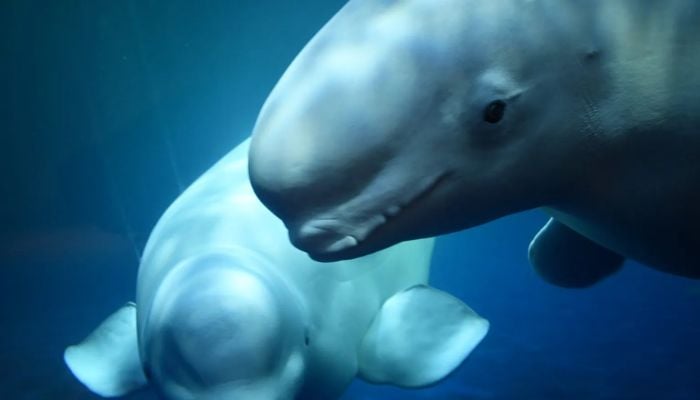[ad_1]
Much like entertainers name celebrity couples by combining partners’ names (Kimye, Brangelina), scientists are jumping on the bandwagon to name animal hybrids they think will appear very soon due to climate change.
Many hybrid names are common and known to people such as lions and tigers giving birth to ligers. When polar bears meet in their trees they become either polar bears or pancakes. Narcissus is the result of crickets and belugas.
A study ahead of its time published in the journal PLOS Genetics He revealed that climate change would cause significant and historic changes to the planet’s wildlife. Due to changing conditions, species that wish to survive and not die out as many other animals have done will adapt and will have to mate to produce offspring with the survival qualities of both parents.
For example, with the melting of sea ice, experts are convinced that polar bears are forced to move to an Arctic habitat that is a suitable location for brown bears. Some people in Canada have witnessed mixed-color animals and other anomalies such as dark stripes on the backs of polar bears. There have also been sightings of humpbacks that are common in brown bears.
A 2010 study published in the journal Nature that observed hybridization caused by climate change shows that the phenomenon extends beyond bears. The authors listed 34 actual and potential hybridizations of Arctic and Arctic marine mammals due to climate change.
Arctic and near arctic marine mammals are known to be the group that has a more or less constant number of chromosomes over the years which makes them ideal for crossbreeding.
Here are two examples:
Narloga
Melting snow also causes migration. One such example is the right-headed whale, which originally lives in the North Pacific and North Atlantic oceans. In 2009, NOAA’s National Marine Mammal Laboratory found a right whale in the Bering Sea instead. This migration, which has been encouraged by diminishing ice according to the authors of the Nature study, leads to DNA shuffling.
Researchers report that the narluga has features found in the other two species such as mandibles and teeth.
Squirrels between breeding
Scientists also monitor flying squirrels as southern squirrels move north due to heat from climate change. The north-south hybrid has a body that has the stature of the southern species but the belly is colored like the northern species.
Fertility challenge
However, their efforts to survive may not bear fruit as hybrids face the challenge of infertility, more often than not.
“Will this be a problem for the long-term existence of the parental species? Will they merge into one large hybrid population?” asked UC Berkeley evolutionary biologist Jim Patton in an interview.
[ad_2]
Source link

